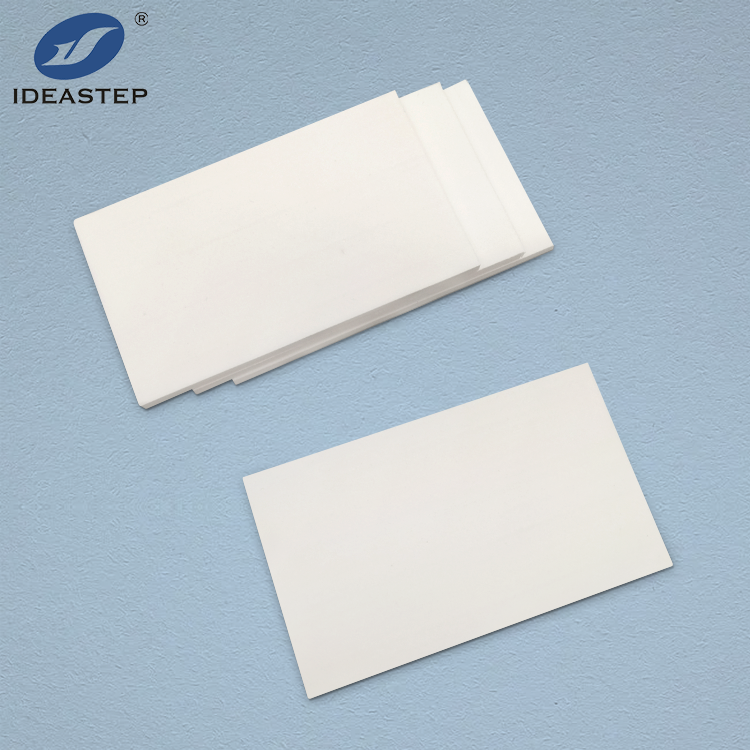Replacing EVA rubber sheets at the right time is crucial for maintaining product performance and longevity. For B2B transactions, understanding the key indicators for replacement and implementing regular maintenance practices can significantly enhance the efficiency and reliability of EVA rubber applications in various industries.
EVA (Ethylene Vinyl Acetate) rubber sheets are widely used across various industries due to their durability, flexibility, and excellent cushioning properties. However, like all materials, EVA rubber sheets have a finite lifespan and may need replacement over time. Knowing when to replace these sheets and how to maintain them effectively is essential for ensuring their continued performance and avoiding potential disruptions in business operations. This article provides essential maintenance tips and indicators for replacing EVA rubber sheets in B2B transactions.

1. Understanding the Lifespan of EVA Rubber Sheets
The lifespan of EVA rubber sheets can vary depending on several factors, including usage, environmental conditions, and quality of the material. Typically, EVA rubber sheets are designed to last several years under normal conditions. However, they are subject to wear and tear, which can impact their effectiveness. It is essential to understand the expected lifespan of the sheets and plan for replacement before they reach the end of their usability.
2. Key Indicators for Replacement
Several signs can indicate that EVA rubber sheets need to be replaced. These include:
- Visible Wear and Tear: Over time, EVA rubber sheets may show signs of physical wear, such as cracks, tears, or surface degradation. Regular inspections can help identify these issues early and prompt timely replacement.
- Loss of Performance: If the rubber sheets are no longer providing the same level of cushioning, shock absorption, or insulation as before, it may be a sign that they need to be replaced. Performance degradation can affect the efficiency of equipment or products using the sheets.
- Changes in Physical Properties: EVA rubber sheets may experience changes in physical properties such as hardness, flexibility, or elasticity over time. If these properties deviate significantly from the original specifications, replacement may be necessary to maintain optimal performance.
- Environmental Damage: Exposure to harsh environmental conditions, such as extreme temperatures, UV radiation, or chemicals, can accelerate the degradation of EVA rubber sheets. In such cases, regular monitoring and timely replacement are crucial to prevent further damage.

3. Maintenance Practices for Extending Lifespan
Implementing effective maintenance practices can help extend the lifespan of EVA rubber sheets and delay the need for replacement. Consider the following tips:
- Regular Cleaning: Keeping EVA rubber sheets clean from dirt, debris, and chemicals can prevent premature degradation. Use appropriate cleaning agents and methods to maintain the integrity of the material.
- Proper Storage: Store EVA rubber sheets in a cool, dry place away from direct sunlight and extreme temperatures. Proper storage conditions can help prevent environmental damage and prolong the material’s lifespan.
- Inspection and Monitoring: Conduct regular inspections to check for signs of wear and tear or changes in physical properties. Monitoring the condition of the rubber sheets can help identify issues early and address them before they lead to significant problems.
- Avoid Overuse: Avoid subjecting EVA rubber sheets to excessive loads or harsh conditions beyond their intended use. Overuse can accelerate wear and reduce the effectiveness of the material.
4. Replacement Strategies for B2B Transactions
When planning for replacement, consider the following strategies to ensure a smooth transition:
- Inventory Management: Maintain an inventory of replacement EVA rubber sheets to avoid delays in procurement. Regularly review stock levels and anticipate replacement needs based on usage patterns.
- Supplier Relationships: Establish strong relationships with reliable suppliers to ensure timely delivery of replacement materials. Working with trusted suppliers can help prevent supply chain disruptions and ensure the availability of high-quality EVA rubber sheets.
- Cost Considerations: Factor in the cost of replacement materials and compare it with the cost of maintaining or repairing existing sheets. A cost-benefit analysis can help determine the most economical approach for replacement.

Conclusion
Replacing EVA rubber sheets at the appropriate time and implementing effective maintenance practices are essential for maintaining product performance and avoiding disruptions in B2B transactions. By understanding the key indicators for replacement and adopting proactive maintenance strategies, businesses can ensure the continued reliability and efficiency of EVA rubber applications. Regular inspections, proper storage, and strong supplier relationships play a crucial role in managing the lifecycle of EVA rubber sheets and optimizing their performance.

FAQ
1. How can I determine when EVA rubber sheets need to be replaced?
Signs that EVA rubber sheets need replacement include visible wear and tear, loss of performance, changes in physical properties, and environmental damage. Regular inspections and monitoring can help identify these signs early.
2. What maintenance practices can extend the lifespan of EVA rubber sheets?
Regular cleaning, proper storage, inspection and monitoring, and avoiding overuse are effective maintenance practices that can help extend the lifespan of EVA rubber sheets.
3. What should I consider when planning for replacement of EVA rubber sheets in B2B transactions?
Consider inventory management, supplier relationships, and cost considerations when planning for replacement. Maintaining an inventory, working with reliable suppliers, and conducting a cost-benefit analysis can ensure a smooth replacement process.
